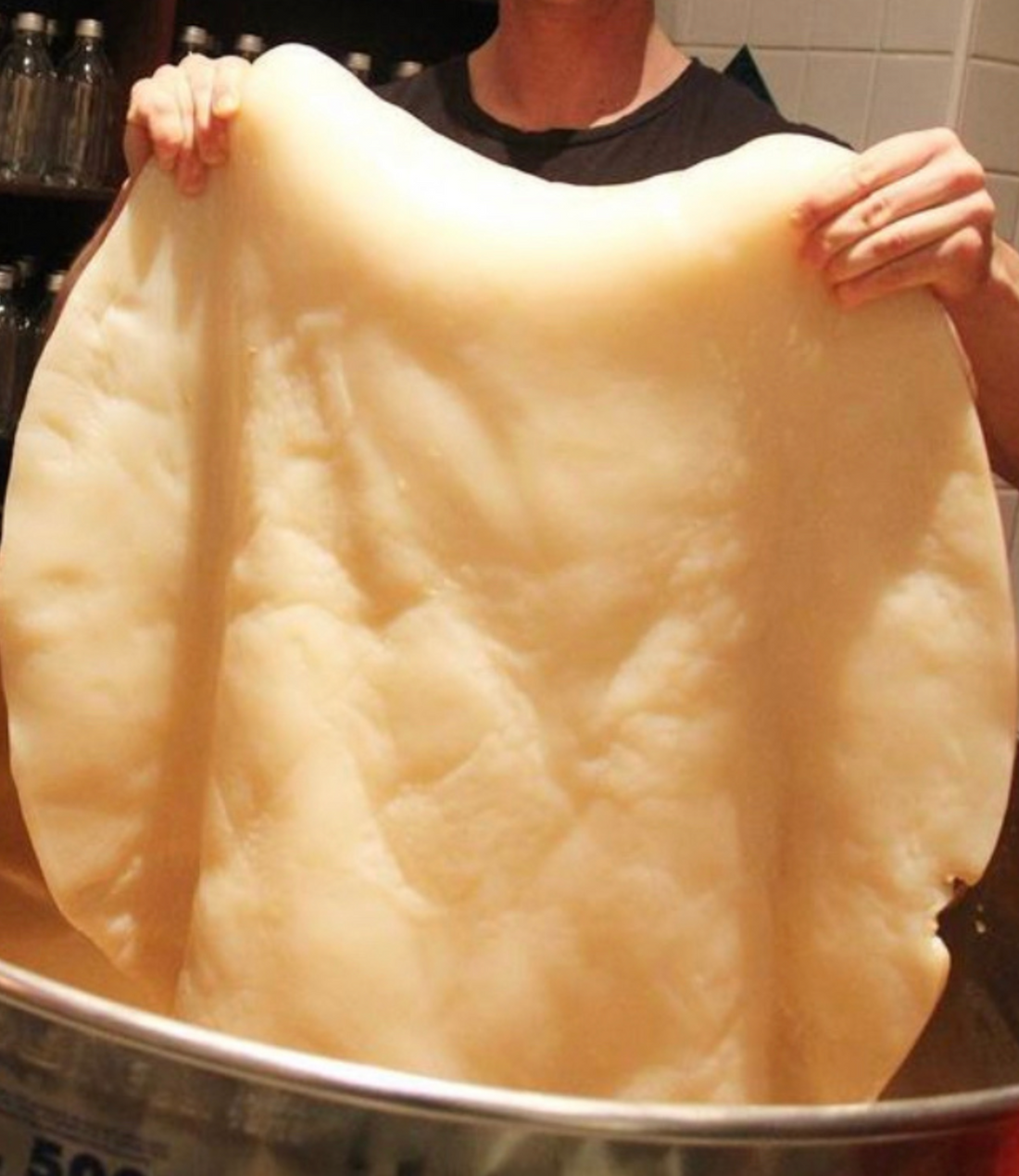Kombucha is often accompanied by a mystique that surrounds its primary ingredient - the SCOBY. Let's take a closer look at some widespread myths and clear the air around this enigmatic entity.
Myth 1: SCOBY is a Mushroom
While many refer to it as 'the mushroom,' the floating cellulose plate in kombucha isn't a mushroom at all. The confusion arises from the fact that the yeast in the SCOBY belongs to the fungi kingdom, which is similar to mushrooms in some ways.
Myth 2: Mother or Baby SCOBY?
There's often confusion surrounding the terms 'mother' and 'baby' SCOBY. Do they serve different purposes? Is one better than the other? The truth is, they're like the chicken and the egg - the same culture at different stages of its lifecycle, equally capable of fermenting kombucha.
Myth 3: You Need a SCOBY to Brew
Don't fret about hunting for the elusive SCOBY! Brewing kombucha can be as straightforward as using your trusty starter liquid, which is packed with Symbiotic Culture Of Bacteria & Yeast (yes, that spells SCOBY). Confused? We'll delve into this in a later post.
Myth 4: SCOBY Can't Touch Metal
Many homebrewers worry about their SCOBYs coming into contact with metal. Here's the scoop: metal isn't SCOBY kryptonite! The misconception stems from the fact that acids and cheap metals don't get along. So, while you should avoid fermenting in an old rusty pot, using food-grade stainless steel is perfectly fine.
Myth 5: Sinking SCOBY is Dead
A prevalent misconception is that a sinking SCOBY equals a dead SCOBY. But here's the revelation - it's not dead at all. Thanks to the natural carbon dioxide produced during fermentation, your SCOBY might just decide to do a little bobbing and weaving.
These myths are just the tip of the iceberg when it comes to kombucha and the SCOBY. Stay tuned for more insights into the fascinating world of this ancient elixir.






